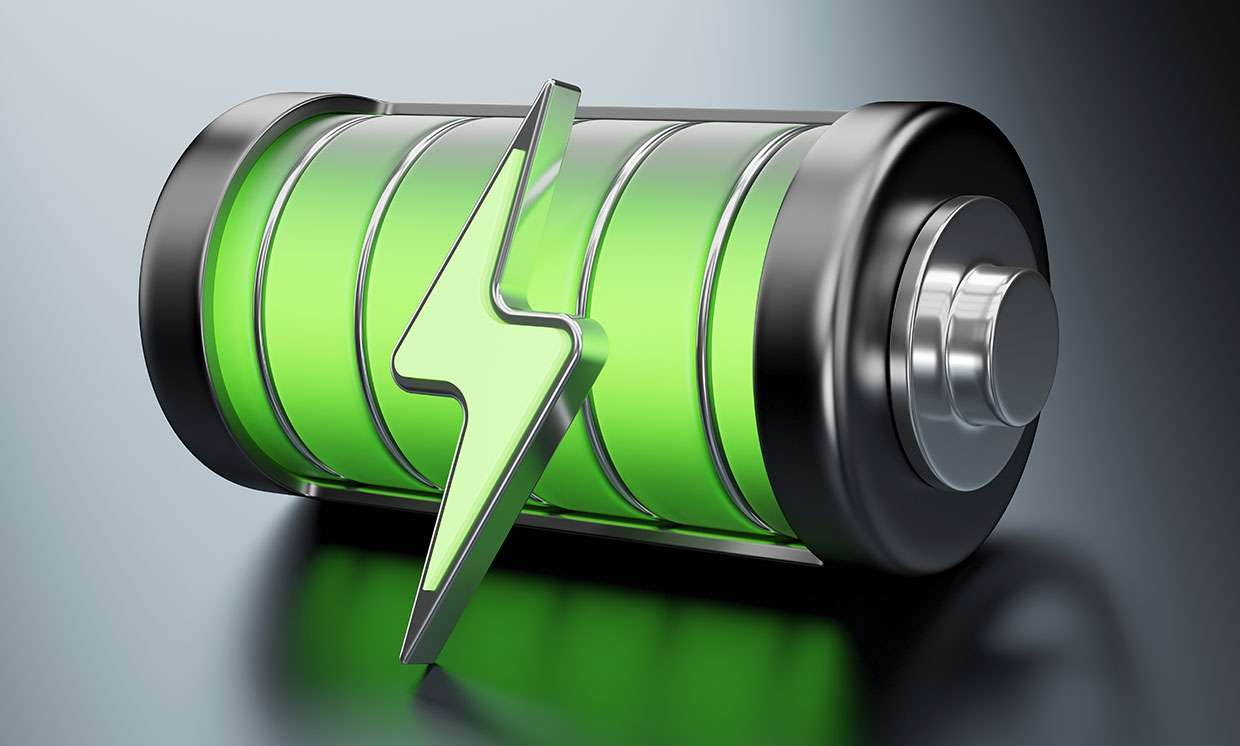Introduction
In the quest for cleaner, more efficient, and sustainable energy storage solutions, researchers are continually exploring groundbreaking technologies. One of the most promising advancements in the world of batteries is the development of lithium-glass batteries, which are poised to revolutionize the way we store and use energy. These innovative batteries offer several advantages over traditional lithium-ion batteries and have the potential to reshape the future of energy storage and transportation.
The Challenge with Current Battery Technology
Lithium-ion batteries have been the standard for portable electronic devices, electric vehicles (EVs), and renewable energy storage for decades. However, they come with certain limitations that have driven the search for alternative energy storage solutions.
- Energy Density: Lithium-ion batteries have a finite energy density, meaning they can only store a certain amount of energy per unit of volume and weight. This limits the range and performance of electric vehicles and the runtime of portable devices.
- Safety Concerns: Lithium-ion batteries are susceptible to thermal runaway, which can lead to fires and explosions, as witnessed in some high-profile incidents.
- Limited Lifespan: Over time, lithium-ion batteries degrade and lose their capacity, necessitating replacements and contributing to electronic waste.
- Resource Scarcity: Lithium-ion batteries rely on finite and often geographically concentrated resources, such as lithium and cobalt, leading to supply chain challenges and environmental concerns.
The Emergence of Lithium-Glass Batteries
Lithium-glass batteries, often referred to as “solid-state” batteries, are on the cutting edge of energy storage technology. These batteries aim to address the shortcomings of traditional lithium-ion batteries by introducing a solid, glass-like electrolyte that replaces the liquid electrolyte used in lithium-ion cells. This key innovation opens the door to several advantages:
- Enhanced Energy Density: Lithium-glass batteries have the potential to significantly increase energy density, offering longer-lasting, higher-performing batteries. This means EVs can travel greater distances on a single charge, and portable devices can last longer between charges.
- Improved Safety: The solid-state design minimizes the risk of thermal runaway, enhancing the safety of these batteries. This reduced risk of fires and explosions is a crucial factor in the development of safer energy storage solutions.
- Longer Lifespan: Lithium-glass batteries are expected to have a longer lifespan compared to traditional lithium-ion batteries. This means fewer replacements and a reduction in electronic waste.
- Resource Efficiency: These batteries use lithium more efficiently, potentially reducing the overall demand for lithium resources and mitigating concerns related to resource scarcity.
Applications of Lithium-Glass Batteries
The potential applications of lithium-glass batteries are vast and span across various industries. Some notable examples include:
- Electric Vehicles (EVs): Lithium-glass batteries are viewed as a game-changer for the EV market. With their enhanced energy density, longer lifespan, and safety benefits, these batteries can extend the range of electric cars while addressing concerns about battery degradation and safety.
- Portable Electronics: Devices such as smartphones, laptops, and tablets will benefit from longer-lasting batteries, reducing the need for frequent recharging and extending the lifespan of these devices.
- Renewable Energy Storage: Lithium-glass batteries can improve the efficiency and reliability of energy storage systems that store excess energy from renewable sources, such as wind and solar. This makes clean energy more accessible and sustainable.
- Aerospace and Space Exploration: The enhanced energy density and safety of lithium-glass batteries are particularly attractive for aerospace and space applications, where battery reliability is critical.
Challenges and Future Developments
While lithium-glass batteries hold great promise, there are still challenges to overcome before they become the standard in energy storage:
- Cost: Currently, the production of lithium-glass batteries is more expensive than traditional lithium-ion cells. Reducing production costs will be crucial for their widespread adoption.
- Scalability: Scaling up the production of lithium-glass batteries to meet the growing demand for electric vehicles and renewable energy storage remains a challenge.
- Durability: The glass electrolyte needs to be robust and durable enough to withstand temperature fluctuations, vibrations, and other environmental factors.
- Commercialization: Bringing lithium-glass batteries to the mass market requires further research, development, and collaboration among industry stakeholders.
Conclusion
Lithium-glass batteries represent a promising step forward in the realm of energy storage, offering enhanced energy density, improved safety, and longer lifespans. With their potential to revolutionize various industries, from electric vehicles to renewable energy, these batteries are widely regarded as the future of energy storage technology. Although there are still challenges to address, the progress made in their development brings us closer to a cleaner, more efficient, and sustainable energy future. As research and development efforts continue, the day when lithium-glass batteries become the norm is drawing nearer, marking a significant step toward a more sustainable and energy-efficient world.
Image Credit: IEEE Spectrum




